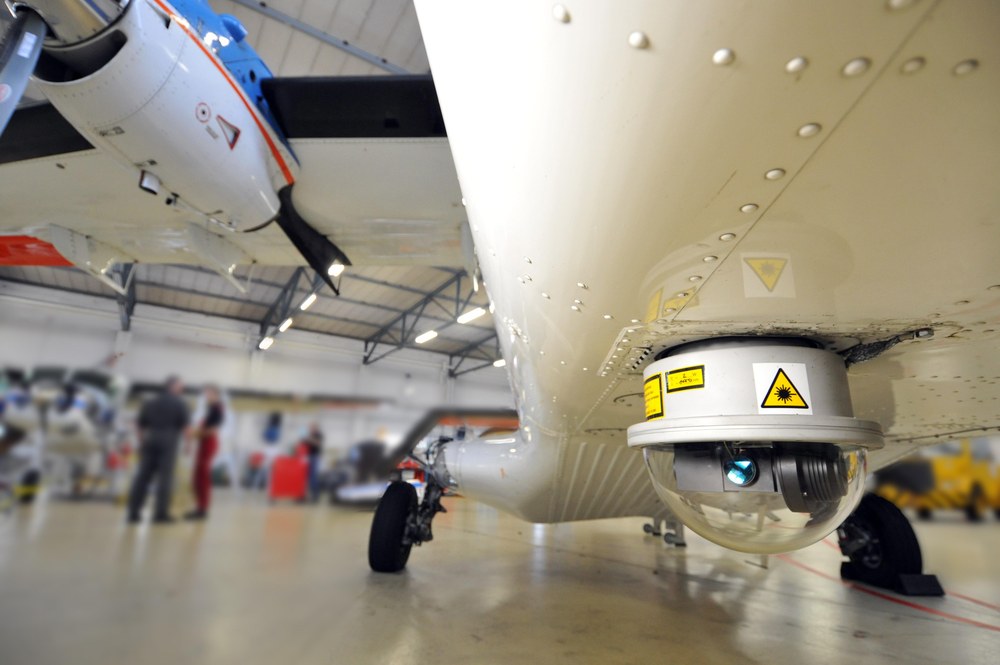Transmitting quantum keys from the air to the ground for the first time
A successful experiment conducted by the German Aerospace Center (DLR) together with the Ludwig Maximilian University (LMU) in Munich has opened up new avenues in cryptography. For the first time in the world, the scientists have succeeded in transmitting a so-called "quantum key" using a fast-moving object.
The quantum data was sent from an airplane to a ground station using a laser beam. The key exchange based on quantum mechanics is considered absolutely tap-proof. The quantum mechanical states of individual light particles are used for encryption. Any eavesdropping disturbs the behavior of the particles and can therefore be detected immediately. So far, however, quantum cryptography has only been used to a limited extent - data is usually transmitted via fiber optics, which means that distances can only be bridged to a limited extent.
The current flight experiment now proves that the encryption technology can also be used for fast-moving objects and can be integrated into existing optical communication systems. In future, quantum data could therefore also be transmitted worldwide via satellites.
The quantum key transmission experiment took place in Oberpfaffenhofen, using the optical ground station of the DLR Institute of Communications and Navigation and the DLR research aircraft Do 228-212. DLR was also responsible for flight certification and campaign planning.
For the experiment, a laser system was installed in the aircraft that combines a transmitter for data communication with a second transmitter for quantum cryptography. The laser light transmitted by the aircraft was received by the ground station, recorded with specially developed measuring devices and analyzed.
The communication laser developed by DLR has already been tried and tested in previous projects and consists of two units: On the outside, on the fuselage of the Dornier Do 228-212, is the rough leveling unit. The rotating lens mirror is protected by a small glass dome. This is supplemented by the fine alignment unit in the interior of the aircraft. Sophisticated sensor technology and very fast mirrors ensure that vibrations of the aircraft are compensated for up to a frequency range of 100 Hertz. This is the only way to align the laser beam with high precision. The transmitter is also used for optical tracking, i.e. for automatic tracking of the aircraft.
In the quantum key transmission experiment, the communication laser was also used to transmit a reference signal that enabled synchronization between the aircraft and the ground station.
The laser for quantum cryptography was developed specifically for this experiment by a working group led by LMU physicist Professor Harald Weinfurter. Using this system, it is possible to generate extremely weak laser pulses and thus exploit the quantum properties of individual light particles. This is the prerequisite for the application of tap-proof encryption technology. For the experiment, the laser source was successfully integrated into the DLR laser system and no special requirements were necessary.
Eavesdropping security when exchanging keys - today from air to ground, tomorrow from space to the whole world. The current results open up new avenues in quantum cryptography. This is because the conditions of the flight experiment and the angular speed of the aircraft were comparable to communication via satellite. The scientists will incorporate the knowledge gained into new research work and further developments.

Video: Quantum key transmission from the air to the ground (engl.)
Your consent to the storage of data ('cookies') is required for the playback of this video on Youtube.com. You can view and change your current data storage settings at any time under privacy.
